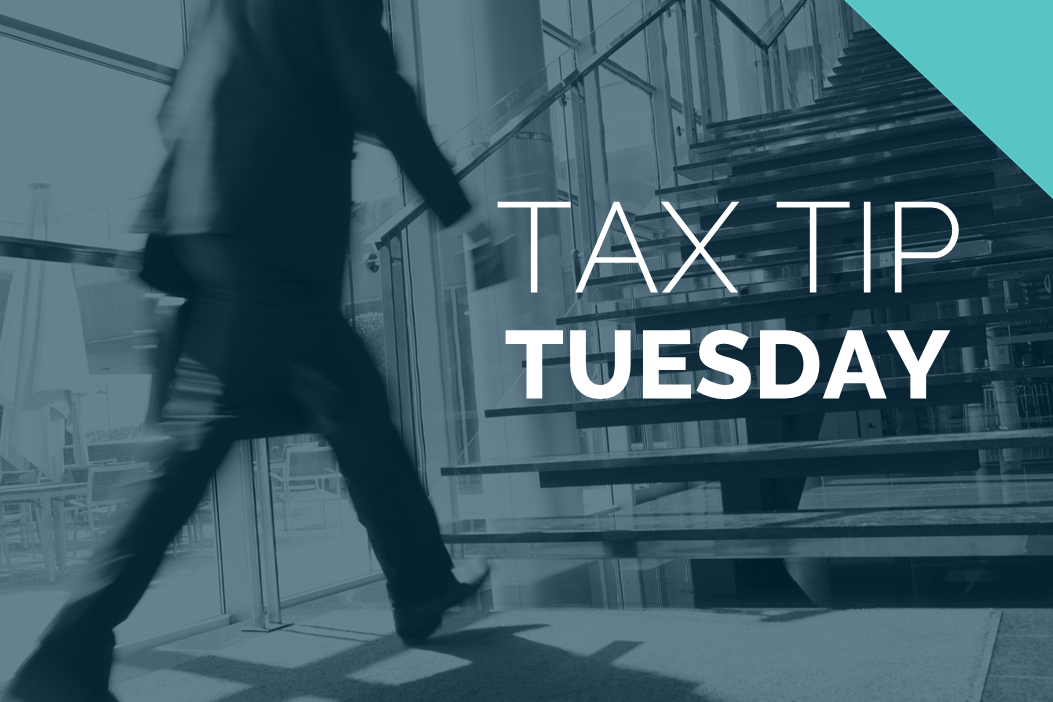Effective May 21, 2023, P&N has joined EisnerAmper. Read the full announcement here.

Tax season is in full swing and the filing deadline will be here sooner than you think. The combination of recently-issued IRS guidance related to prior tax legislation along with brand new COVID-19-related legislation creates a double whammy for businesses preparing for the 2021 filing season. But don’t panic—we’ve outlined key points to help you prepare for filing your business taxes.
Related Article: Get Ready for the 2021 Tax Season - Part 1
1. Review and reconcile your accounts.
Double-checking information before sending it in can save you time and money. Identify any discrepancies or irregularities ahead of time to help reduce follow-up questions from your accountant. As part of this process, it is a good idea reconcile your bank accounts and various liability accounts. This exercise could turn up additional deductions and lead to tax savings.
2. Fine tune your fixed assets.
Review your capital fixed asset listing, such as machinery and equipment. This includes your current-year additions to fixed assets, as well as existing fixed assets from prior years.
- For fixed assets added in the current year, determine if the new item falls under the safe harbor threshold currently in place for your business.
- For existing fixed assets, determine if any items became obsolete or were replaced by new assets during the year.
3. Bring up the big changes.
Did your business experience a merger or acquisition? Did any partners or owners leave the company? Did any new partners or owners join? These and other significant changes in ownership or business structure should be shared with your CPA as early as possible to smooth out the compliance process.
4. Inquire about state filing requirements.
If your business operations expanded beyond your home state during the year, you may face additional filing requirements. State and local tax laws vary widely from state to state. Identify the states were you do business, and your CPA can investigate whether activity in a state creates a filing obligation in that state. Be prepared to provide a breakdown of property, payroll, and revenue per state.
5. Consider the impact of COVID-19.
Did your business receive a loan under the Paycheck Protection Program? Did you provide sick/family leave to affected employees? The pandemic brought about a host of tax changes to consider. Document everything that your business incurred related to the pandemic so that your CPA can help navigate the changes and impacts on your business. The tax treatment of these benefits may differ depending on what type of benefits were received.
With these five steps in mind, contact your P&N tax advisor today and get your 2020 business filing underway. It’s never too early to get started.



